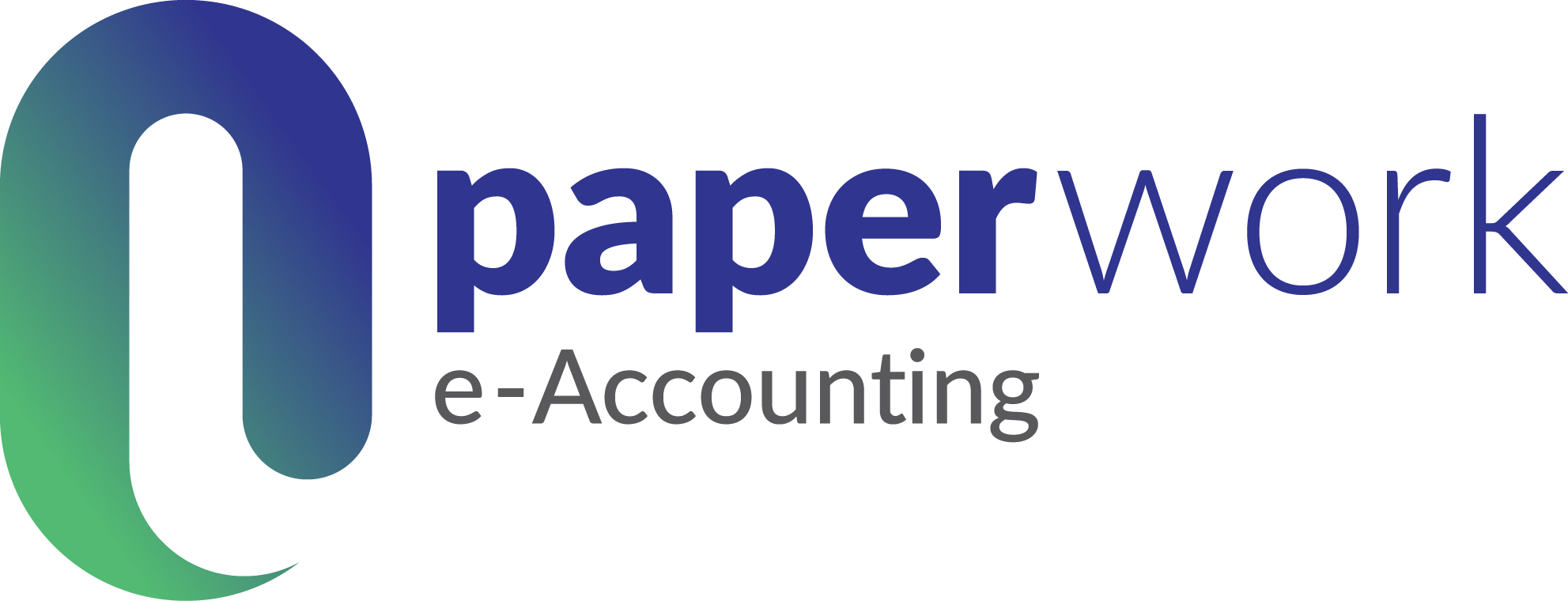Discover 8 hidden costs silently hurting your restaurant’s profits. Learn how smart accounting practices can help reduce waste, plug financial leaks, and boost long-term profitability.
Introduction
Running a restaurant isn’t just about cooking great food-it’s about managing your finances with precision. While visible expenses like rent and salaries are tracked regularly, many restaurant owners overlook the hidden costs quietly eroding their profits. These unseen expenses-from food wastage and inventory mishandling to inefficient staffing and vendor inconsistencies-can add up fast, affecting cash flow and stalling growth.
In this blog, we uncover the top 8 hidden costs that may be hurting your restaurant’s bottom line-and explore practical ways to identify, control, and eliminate them.
1. Food Waste and Over-Serving
The Accounting Problem:
No control over recipe costs or portion sizes leads to unpredictable food costs.
How It Affects Your Finances:
- Wasted ingredients = higher food costs
- Inaccurate recipe costing
- Inventory mismatch
Fix:
Implement standard recipe costing and portion control systems. Track actual vs. ideal food costs regularly using a costed menu and integrate with inventory software for real-time variance analysis.
2.High Staff Turnover
The Accounting Problem:
Frequent hiring, training, and HR issues create recurring expenses.
How It Affects Your Finances:
- Rising HR and payroll costs
- Training expenses not tracked
- No visibility on overtime or performance pay
Fix:
Use payroll and attendance software to monitor staffing costs. Maintain a budget for recruitment and training, and track employee performance to reduce inefficiencies.
3. High Electricity & Gas Bills
The Accounting Problem:
Utility costs aren’t tracked or compared across outlets.
How It Affects Your Finances:
- Monthly utility bills keep rising
- No budget planning for power/gas
- Inefficiencies go unnoticed
Fix:
Set utility budgets by outlet. Track and compare month-on-month usage. Conduct regular audits for appliance efficiency and off-peak usage practices.
4.Unexpected Equipment Repairs
The Accounting Problem:
No planning for maintenance = emergency expenses.
How It Affects Your Finances:
- High unplanned repair bills
- Lost revenue from equipment downtime
- Difficulty tracking asset lifespan
Fix:
Create a preventive maintenance schedule. Set up an asset register with depreciation tracking. Allocate emergency repair funds within your budgeting framework.
5.Overpaying Vendors
The Accounting Problem:
No audit of purchase costs = paying more than necessary.
How It Affects Your Finances:
- Overpriced ingredients or supplies
- No standard cost per item
- Missed bulk deal opportunities
Fix:
Regularly compare vendor quotes and negotiate rates. Implement purchase order systems with item-level rate locking. Audit supplier bills monthly.
6. Online Delivery Commissions
The Accounting Problem:
Delivery commissions and TCS deductions are not reconciled properly.
How It Affects Your Finances:
- Swiggy/Zomato commissions eat into profit
- TCS/GST mismatches
- Delays in payout tracking
Fix:
Reconcile delivery payouts weekly. Track TCS deductions and GST invoices from aggregators. Maintain separate ledgers for online orders to simplify reporting.
7. Missed Compliance Deadlines
The Accounting Problem:
Delayed GST, TDS, or FSSAI filings lead to penalties.
How It Affects Your Finances:
- Avoidable late fees and fines
- Blocked input tax credit
- License renewal issues
Fix:
Set automated reminders and use compliance calendars. Outsource tax filings to professionals or integrate compliance tools with your accounting software.
8. Poor Inventory Control
The Accounting Problem:
Inventory losses are not recorded or analyzed properly.
How It Affects Your Finances:
- Shrinkage not reflected in accounts
- Overstocking slows cash flow
- No FIFO/stock rotation = expiry losses
Fix:
Adopt inventory management software with real-time tracking. Use FIFO methods, track wastage, and conduct weekly physical counts to match book stock.
Final Thoughts
Improving restaurant profitability isn’t about drastic changes-it’s about making small, smart adjustments consistently. When you reduce operational wastage, implement cost controls, and build financial visibility into daily operations, profit margins naturally improve. Restaurants that succeed in 2025 will be the ones that combine great food with great financial discipline.
Conclusion
At Paperwork e-Accounting, we go beyond bookkeeping.
We help restaurants uncover hidden costs, cut waste, and boost profits with expert financial solutions. From tax to Virtual CFO, we fuel smart growth for single outlets and chains alike.




